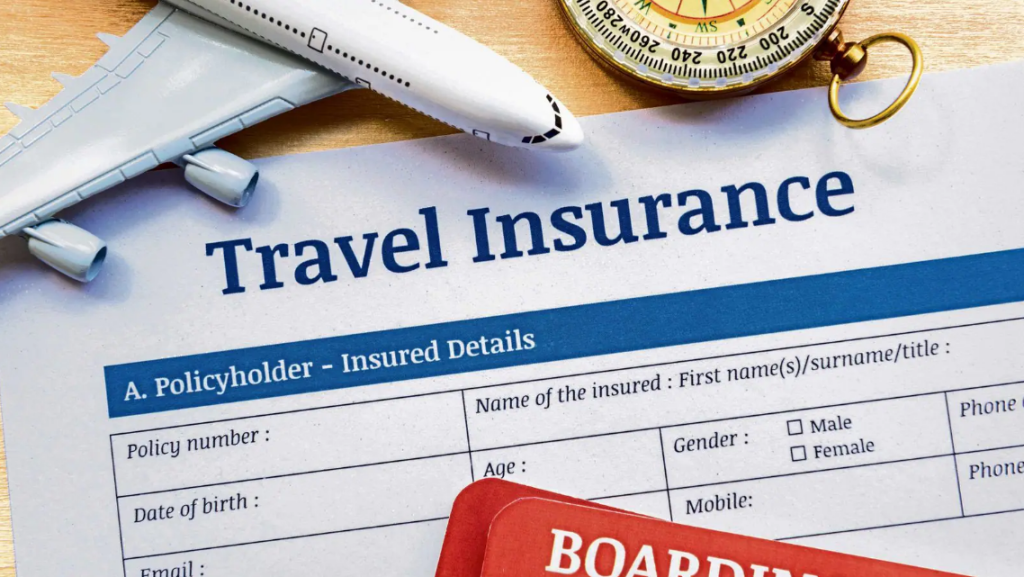One of the dazzling places for the lodge marketplace amid the pandemic was the ability to hold—if not drive—average day-to-day rate, significantly in leisure-led, generate-to marketplaces. It is anything that evaded hoteliers for the duration of prior calamities, which include 9/11 and the Global Economical Disaster of 2008, when inns slashed fees in an endeavor to get again demand.
It proved a defective method. But understandable: The knee-jerk, popular-perception reaction to depletion of demand from customers is to do what ever it normally takes to offset that reduction. That usually means filling rooms by any usually means and the largest lever hoteliers have at their disposal is price. The issue with that move is that generally when you drop level, it requires an extended interval of time to create it back again up—which is not quick.
It is widely held now that discounting rate to stimulate desire is not a effective shift. In 2006, Cornell’s University of Resort Administration revealed a seminal report that argued the issue. “Why Discounting Does not Perform: A Hotel Pricing Update” concluded in its research that “discounting relative to the competitive set does, in simple fact, fill a lodge, but the analyze also clearly shows that resorts in direct levels of competition make much more dollars when they retain their price structure and do not discounted to fill rooms.”
The information was drawn concerning 2001 and 2003 and showed that lodges, which reduced rates, did seize current market share from their competitors, but did not acquire a increased RevPAR. Conversely, these with higher charges had reduce occupancy but greater RevPAR.
“These outcomes counsel a method of holding charges consistent when competition are discounting, or even increasing selling prices to a modest degree,” in accordance to the analyze.
Contemplate London. In accordance to HotStats info, the city’s lodge organization, like most throughout the globe, fell off the table in April 2020, a simultaneous drop in occupancy and rate—hoteliers experiencing a predicament they most likely never ever could have envisioned. June 2020 was the cheapest fee position for the metropolis at £62, but ascended markedly thereafter. After some regular seasonal movement, by Oct 2021, normal day-to-day fee was exceeding pre-pandemic amounts.
Even New York, which was disproportionally victimized by the pandemic, noticed its level exceeding pre-pandemic amounts by November 2021, according to HotStats details.
Far more Occupancy, More Fees
The concept of filling a resort by any signifies necessary may possibly audio like the correct thing to do, but inns that operate increased occupancies also operate increased fees. And if they are working larger occupancies with decrease-rated company, then that is a recipe unkind to the base line.
Gross working financial gain per readily available area, or GOPPAR, is a evaluate of a hotel’s capacity to harmony profits and expenditure. It is the total profits of the lodge fewer charges incurred earning that earnings, divided by the number of accessible rooms. GOPPAR signifies how properly a resort is operated. So even though a lot more rooms occupied sounds like a excellent dilemma to have, it’s a headache, particularly if they are crammed at a lessened price. In standard moments, it suggests that those rooms want to be serviced, which indicates extra housekeeping labor much more place goods required to be crammed, which impacts guest offer expenditures, such as cleaning soap, shampoo, lotions, toilet paper, and so on. greater cost of product sales in the F&B division and other miscellaneous fees.
The base line is that the a lot more lodge rooms loaded does not often equate into greater income, which is what hotel homeowners are only interested in from an operational point of view.
GOPPAR globally carries on to lag its pre-pandemic stages, in accordance to HotStats info. As of February 2022, GOPPAR in the U.S. is continue to $27 off in comparison to the exact thirty day period in 2019 it is €22 off in Europe and $28 off in Asia.
RevPAR v. Net RevPAR
Shielding level is the purpose of a deft lodge operator. It’s less difficult explained than completed in the experience of the plenty of intermediaries searching to crack off a piece of the pie.
With level anchored, hoteliers will need to uncover strategies to hold as considerably of a home sale in their pocket as they can in lieu of shedding those people precious bucks to the likes of Expedia or other fee-gobbling brokers.
Which is where by trying to keep an eye on RevPAR as opposed to Internet RevPAR will come in useful. Net RevPAR is rooms revenue minus distribution charges (travel agent commissions and other transaction service fees) and divided by the selection of accessible rooms. Contrary to RevPAR, it clarifies the charge of the revenue acquired. As this kind of, it is a much a lot more clear metric into a hotel’s overall performance than RevPAR, which does not account for how the revenue was received.
Earnings professionals worth their salt are focused on the delta concerning RevPAR and Internet RevPAR. Basically place, the smaller sized the delta in between RevPAR and Net RevPAR the better—indicating a hotel has possibly favorable negotiated OTA terms, doesn’t rely as substantially on intermediaries or has higher success in its overall direct-booking company.
Conversely, if a hotel’s RevPAR is appreciably larger than its Net RevPAR, it should take closer inspection at its price tag of customer acquisition.
However RevPAR was predictably decrease in full-calendar year 2021 compared to total-year 2019, the delta concerning RevPAR and Web RevPAR was smaller. In the U.S, in 2021, it was a big difference of around $3 according to HotStats data, close to $4 fewer than compared to 2019—that’s much more revenue saved and extra revenue acquired. In Europe, the difference was even bigger: $3 in total-calendar year 2021 and $9 in comprehensive-yr 2019.
Now, that’s a system value keeping.





More Stories
Fitness outside the Gym: Try Kitesurfing for Holiday Fitness
Finch Bay Galapagos Hotel {Review}
Complete Guide to Visit the Arenillas Ecological Reserve in Ecuador